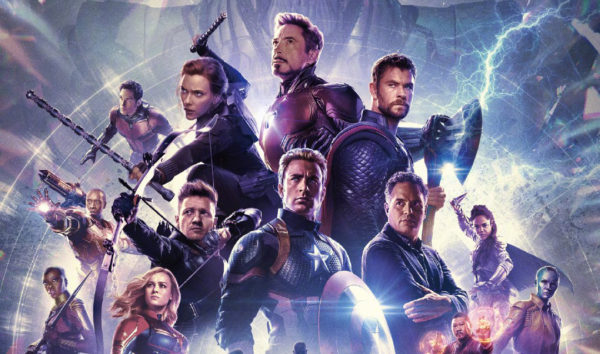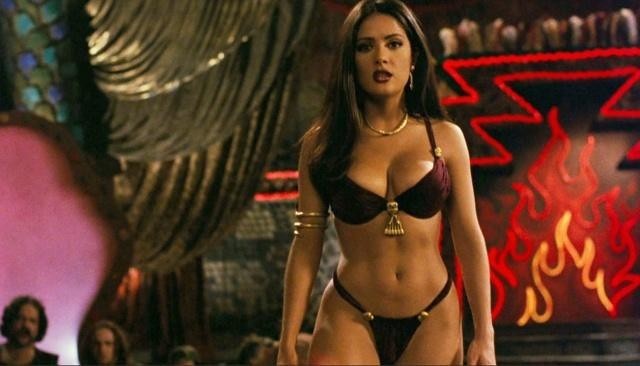Pim Razenberg on Multi-Part Film franchising…
In the 2015 article The Future of Franchising: The Shared Universe, I discussed the development of franchising strategies within Hollywood. In the 2010s, these strategies cumulated in the dawn of interconnected franchising through “cinematic universes”, such as the Marvel Cinematic Universe and the DC Extended Universe. Today, as we watch Captain Marvel sore into the skies and impatiently wait for Avengers: Endgame to hit the big screen, I want to discuss the other franchising model which developed during the 2010s: the multi-part film.
About the Multi-Part Film
The days of complex, lengthy films that don’t allow themselves to be bogged down by the attention span of the “average audience member” are long gone. During the 1970’s and 1980’s, Hollywood standardized its cinematic output into what we know now as “blockbuster cinema”. George Lucas’ Star Wars became such a big hit that the formula for the film has been copy-pasted for over 40 years. Most movies coming out of Hollywood share the same plot points, the same character beats and even the same length. The average movie has a runtime of 106 minutes – comedies and horror films are generally a bit shorter, action-adventure films and dramas a little longer. If a film threatens to become “too long” in the eyes of its producers, it is cut to the point where the “average audience member” remains satisfied… yet the story often becomes muddled and confusing.
It would be naïve to believe this was the reason for the creation of the multi-part film – a film typically split in two, labelled with tags such as “Part I” and “Part II”. Unfortunately, money is the name of the game. Though technically Quentin Tarantino’s Kill Bill was the first film to be split in half, it was the Harry Potter franchise that first used the concept as a franchising strategy. In March 2008, Warner Bros. announced they would split the last instalment of the massively popular wizarding franchise in half. With the source material running out, this decision was their best option to squeeze the most cash out of their money making franchise – until they decided to follow it up with another five part film series, of course.
The reason given for splitting Harry Potter and the Deathly Hallows into two parts was that the source material by J.K. Rowling was considered too rich to fit into just one film (of producer-approved length). The split caused a bit of a controversy, but both films were eventually well received, as previous instalments in the film series had been criticized for cutting down too heavily on the story told in the novels.
Still, Harry Potter and the Deathly Hallows: Part I and Part II instantly showed a flaw in the new franchising model which would become even more apparent in later multi-part films: the first part struggled with pacing issues, while the second part was too heavy on the action and lacked character development. Part I introduced the stakes, and Part II gave us the climax, but neither was able to give us both: the films can’t be – and probably will never be – watched as separate films.
Click below to continue on to the second page…















